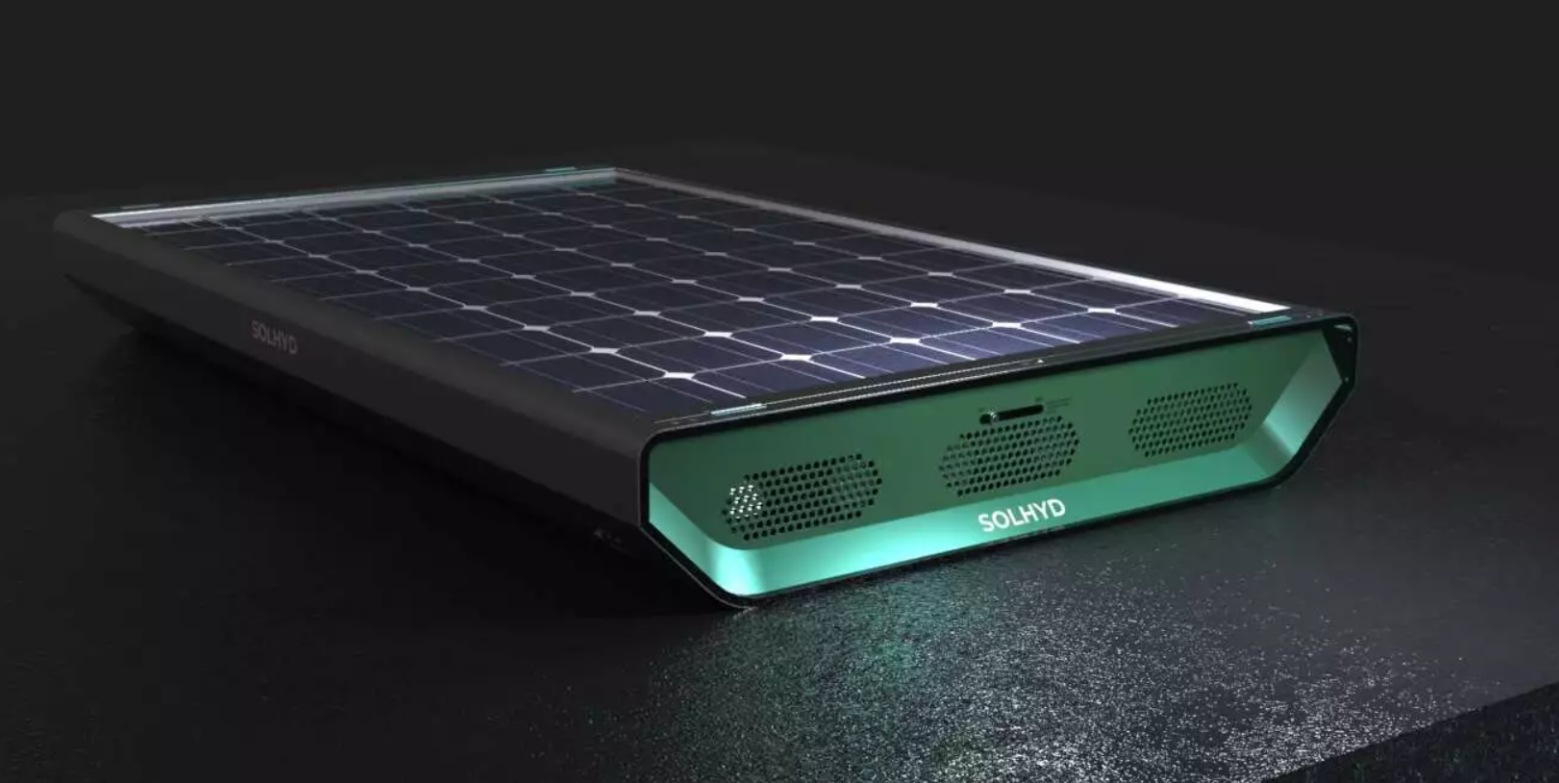Blue View – House Sized Hydrogen Generator?
/Last week, I talked about the new Panasonic battery factory in Kansas that will, eventually, be entirely powered by solar and/or solar produced hydrogen. Solar panels will generate electricity, which, in turn, will produce hydrogen. The hydrogen can be stored indefinitely until needed, then recombined with oxygen to produce electricity to power their factory. That got me to wondering whether the concept was scalable… could this be done for a small, household sized system. The answer (spoiler alert) is yes – sort of. A system that can do this should be available within the next couple of years.
Such a system, if reasonably priced, would be ideal. If sized properly, enough hydrogen would be produced to handle the electrical needs when there was no wind or at night when the solar panels weren’t producing. There would be no combustion, nor would any green house gases be produced. The only byproducts are oxygen from the electrolysis stage, and water and heat from the hydrogen generator.
There are four components to the system: solar, wind and/or other renewable energy sources to produce electricity; an electrolysis system to convert the electricity to hydrogen; a pump and storage tank to compress and store the hydrogen; and a hydrogen generator that converts the stored hydrogen back to electricity. Three of these components are available now:
Hydrogen Generator
Currently, there are several hydrogen generators on the market. One recent entry, the Panasonic H2 Kibou, is a 5kw hydrogen generator that would be more than adequate to power a total electric household, including the recharging of an EV or two. The H2 Kibou is being used to power their newest factories, and Panasonic should soon be selling them commercially.
Tankage and Pump
A steel tank is the most economical tank for compressed hydrogen. A 50 gallon steel tank can hold about 36,000 liters of compressed hydrogen at 200 atmospheres, which is enough to power the H2 Kibou generator for 24 hours at an average household requirement of 2.5kw. Thus, a 500 gallon tank, which is the size of the typical propane tank used for most LPG heated households would hold enough hydrogen to provide the electrical needs for an average house for ten days without sun and/or wind.
The pump must be able to compress the hydrogen gas to at least 3000 psi using an explosion proof motor. These are more expensive than a standard air compressor, but readily available.
Renewable Energy Source
While wind generators, water turbines and other types of renewable energy might be utilized for producing the necessary electricity, the most likely source for a household would be standard solar panels.
The last of the components in our small system is the method of producing the hydrogen. While many companies are close to solving this problem, researchers at Catholic University, Leuven (KU Leuven) in Belgium have made a major breakthrough. They’ve developed a solar panel with a built-in electrolysis unit that, using the electricity provided by the solar panel, converts the moisture in the ambient air to hydrogen gas. The panel can be mounted on a roof like any other solar panel, but instead of generating electricity, it produces hydrogen gas. Only the most arid locations on the planet are too dry for the new panels to work efficiently… which, unfortunately for those of us in Las Vegas, probably includes the Mohave desert. The researchers expect that about 20 of the panels would be needed to provide all the electrical needs for the average, well insulated house. They have working prototypes and are setting up a small manufacturing facility to produce a few hundred modules for testing and evaluation. Full production is expected by 2026.
The KU Leuven Solhyd that converts sunlight to hydrogen
If you don’t want to wait until 2026, another alternative is to use standard solar panels to power the house during the daylight hours, and buy hydrogen gas to run the generator when the sun goes down. The current cost for hydrogen is about $16/kg. Assuming the solar panels provide the electrical energy needed for 8 hours of each day on average, then the cost to power the typical household would be about $138/mo. That’s almost exactly the same as current cost of electricity for an average household in Nevada - $134/mo... not taking into account the upfront capital outlay which will easily be in excess of $20k-$30k. Depending on your state and whether you can sell excess solar power back to the power company, you may do better, but even so, it’ll take many years to amortize those upfront costs. Economically, it’s probably best to wait until the new technology is available.
So, going back to our original question – is it possible to build a solar to hydrogen to electrical generation system for a house? Not quite yet, but soon.
See you next week...



